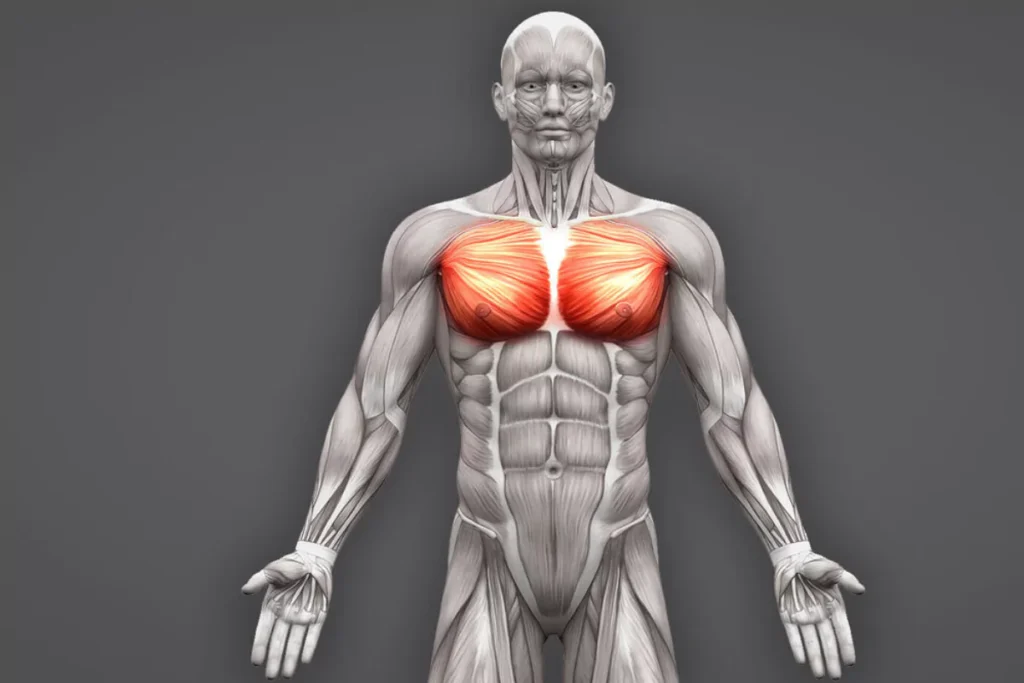Hello People! Muscling up on weight loss medications: how the drugs affect muscle health?
Over the recent past, weight management drugs have become popular, offering many individuals different ways of addressing obesity. These medications don’t cause the kind of side effects that we often associate with weight loss medications but are more effective, which means they are potent allies when it comes to obesity.
But, as more people find their utility, the impact of these medicines may bring a cost on the muscles – particularly the skeletal ones, an important component in movement, energy transformation, and general well-being.
Let’s dive in!
Table of Contents
The Basic Responsibilities

Skeletal muscles of the human body are responsible for energy metabolism, blood glucose maintenance, and avoiding others such as type 2 diabetes. In individuals targeting weight loss, it is even beneficial to maintain muscle mass because muscle mass increases BMR, helps maintain a rather healthy weight loss regime, and prevents regaining of the shed weight.
However, with severely low-calorie diets, people tend to shed both fat and muscle tissues, and this results in dangerous side effects. When it comes to weight loss programs, this is considered unfavorable.
The New Weight Loss Pills and Muscular Atrophy

Some medications for type 2 diabetes, such as semaglutide, liraglutide, and other GLP-1 receptor agonists, help decrease appetite and, thereby, cause the patient to lose weight. Though extremely effective in reducing body weight, they do not have the ability to reduce fat.
A few around the drugs themselves suggested that people using the GLP-1 medications might be at risk of actually losing lean tissue alongside fat, especially if they’re not exercising or not eating a sufficient amount of protein. Such a loss is not good for health since it has effects ranging from reduced muscle strength to the metabolism rate, which may determine a person’s general health.
Ways to Maintain Muscle Tissue While Using Weight Loss Drugs
The following approaches could be taken to help prevent muscle loss when on weight loss medications Prescribed drugs. Strength training is a very efficient way of constructing and maintaining muscle mass and should, therefore, be integrated into any weight loss regime.
Lifting weights or resistance bands are examples of weight-bearing exercises that enhance muscle building and, when done regularly, will help one retain muscle strength and mass usually lost when reducing body size via weight loss medications.
Protein intake is also important; people must take enough protein to meet the body’s requirements. Muscles are composed of a large part of protein; adequate amounts can be ingested to preserve the body’s muscle tissue as calorie intake is limited.
It is also important to include sources of lean proteins such as meats, dairy products, beans, and light legumes in the meal to help build muscles.
The following video explains about Weight Loss Drugs:
Conclusion
Obesity is one of the biggest health problems across the globe; in this article, we have seen that weight loss medications are harsubstitutestutess that have real benefits for people. Nonetheless, it is crucial for those aiming at weight loss to learn about the effects they may have on the skeletal muscles.
With exercise, the right amount of protein intake, and individual attention, people can easily adapt to weight loss programs without compromising their muscles. This is well-balanced, seeing that acquiring that perfect form is related to losing weight and maintaining health and fitness.
In what ways can we maintain muscle mass while on a diet?




